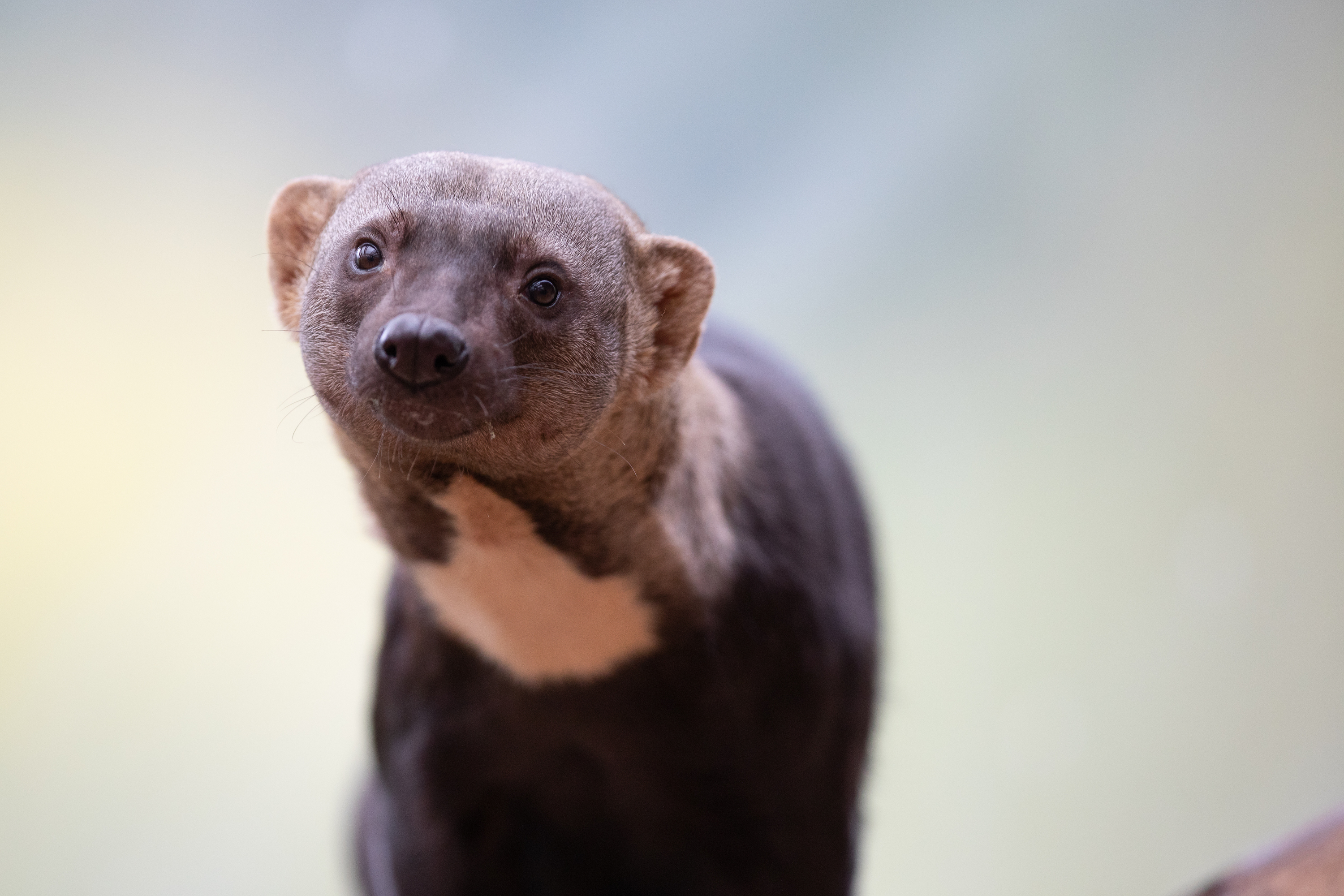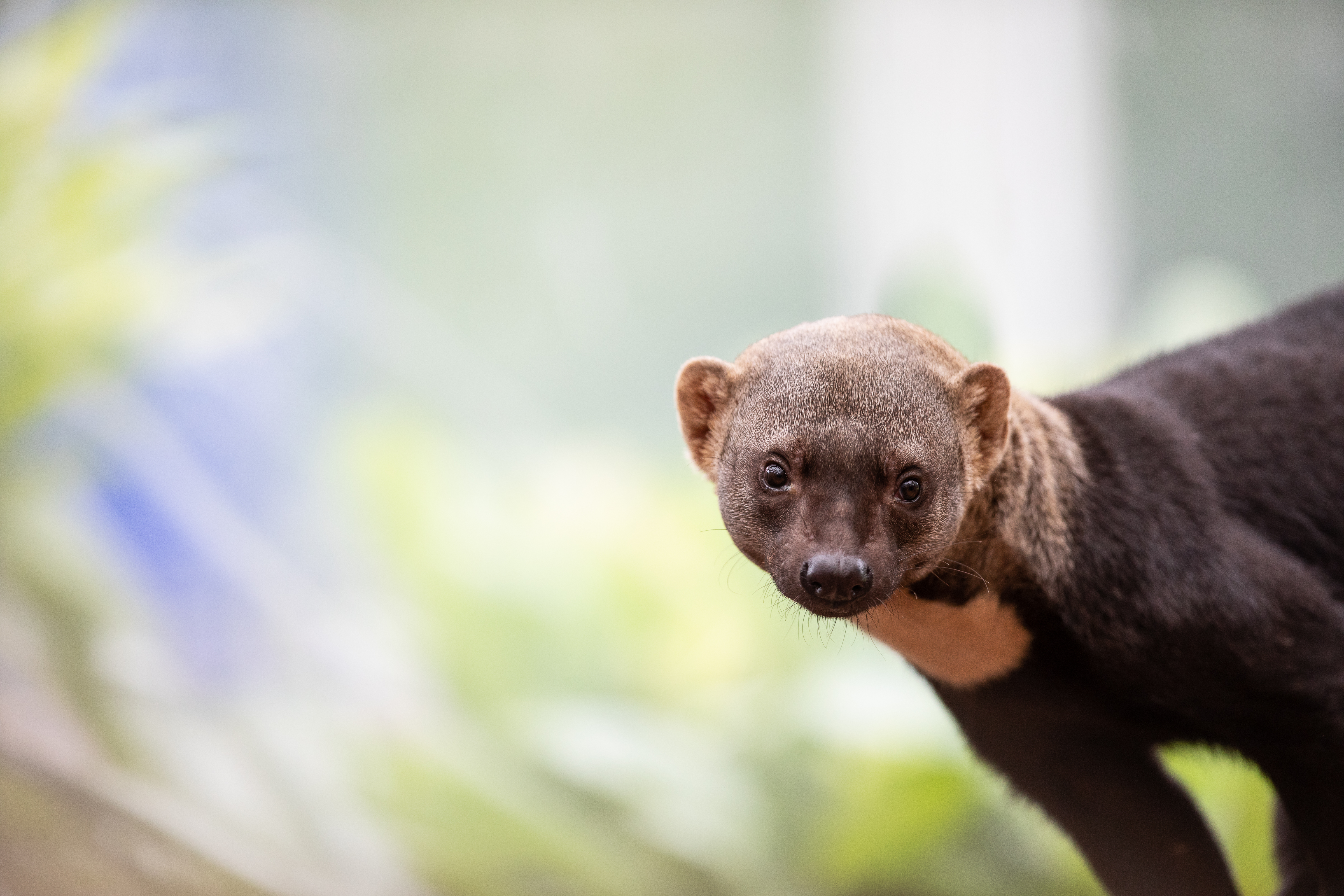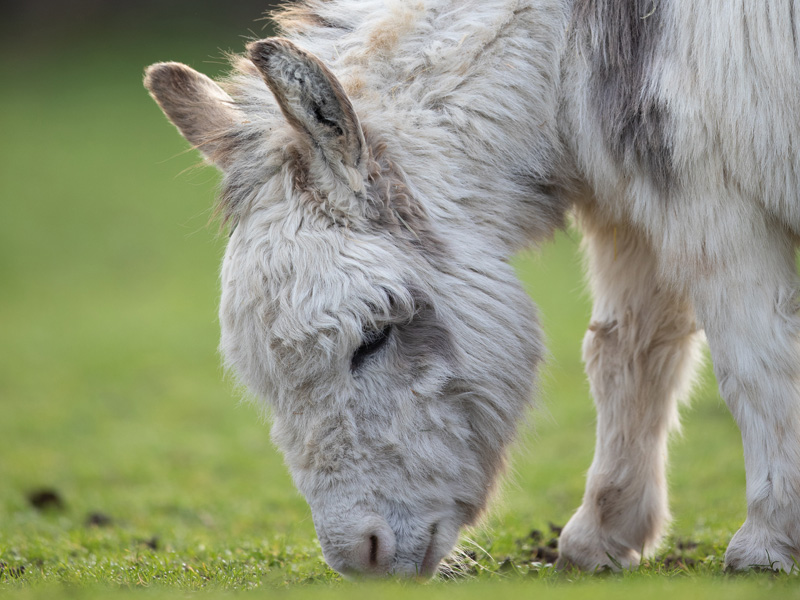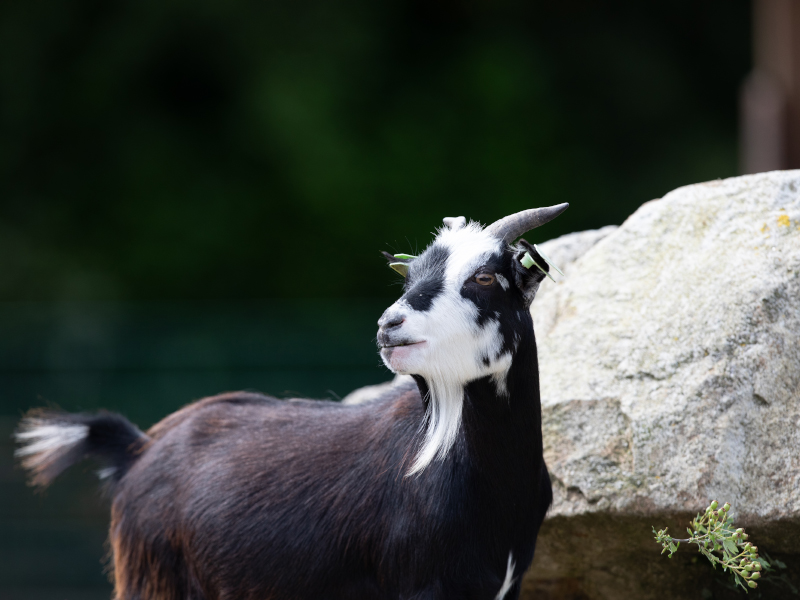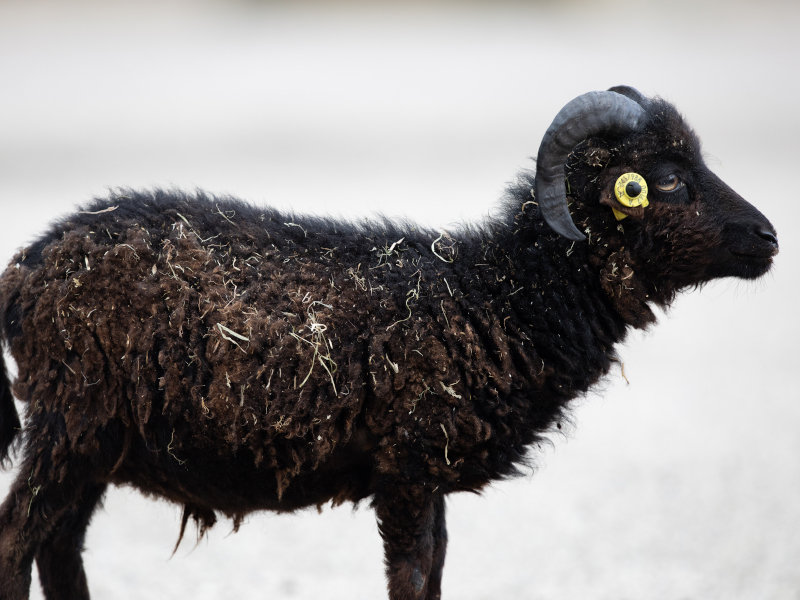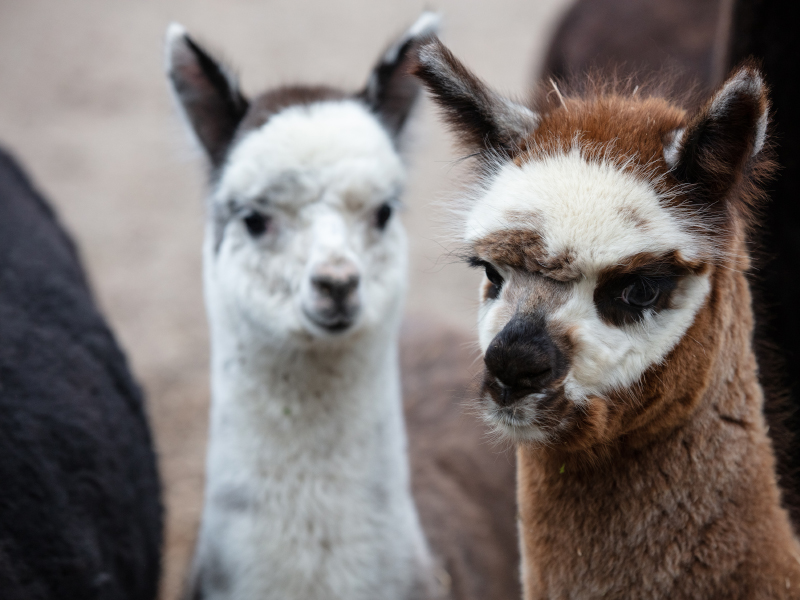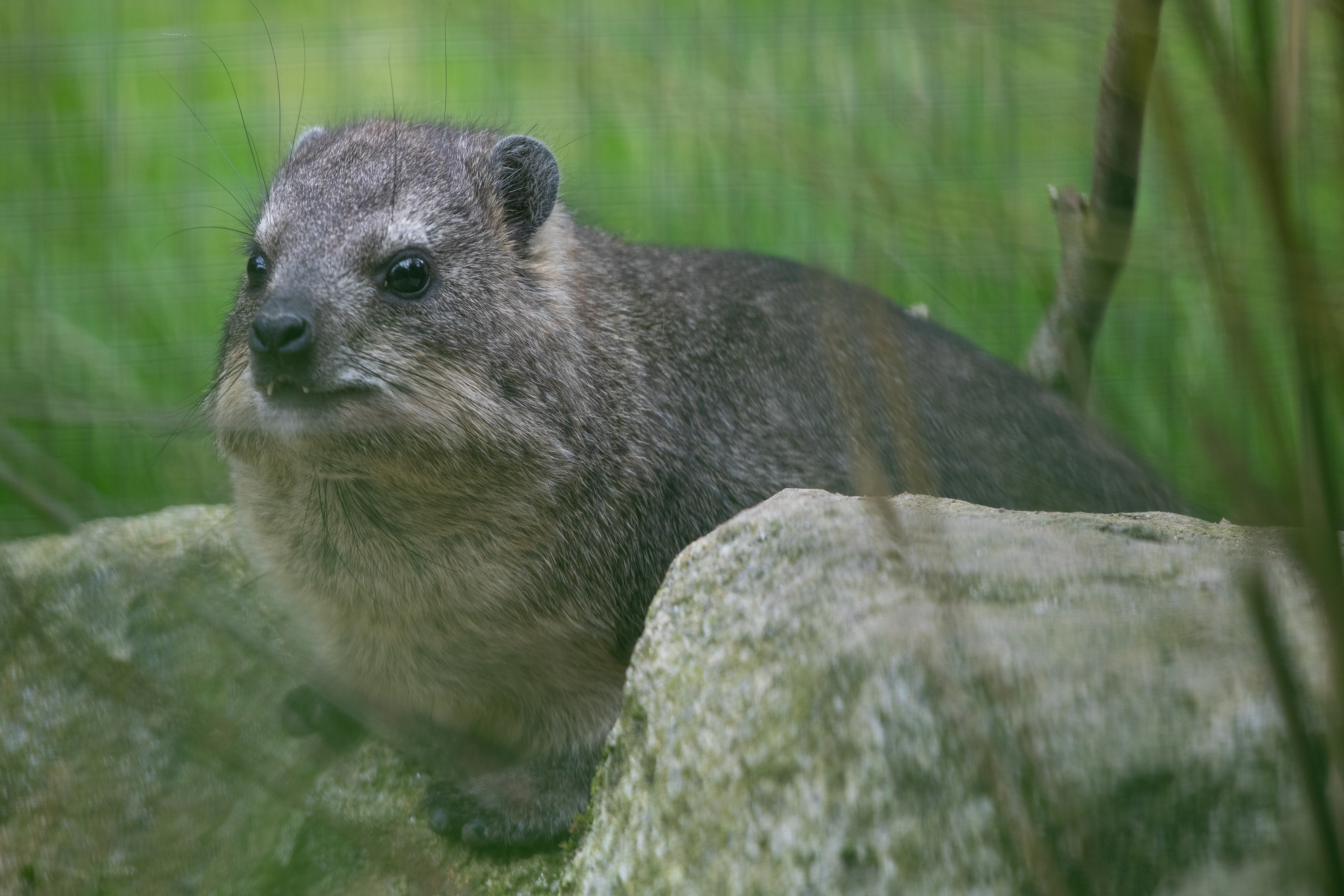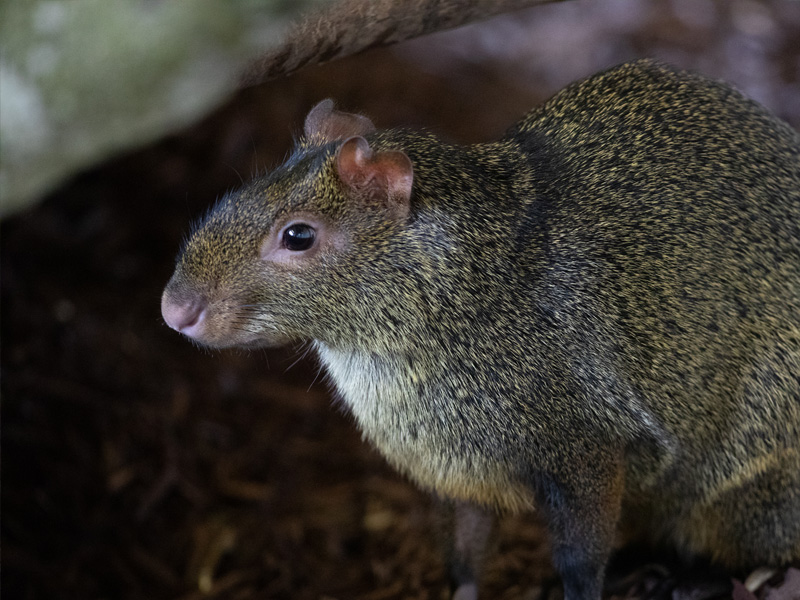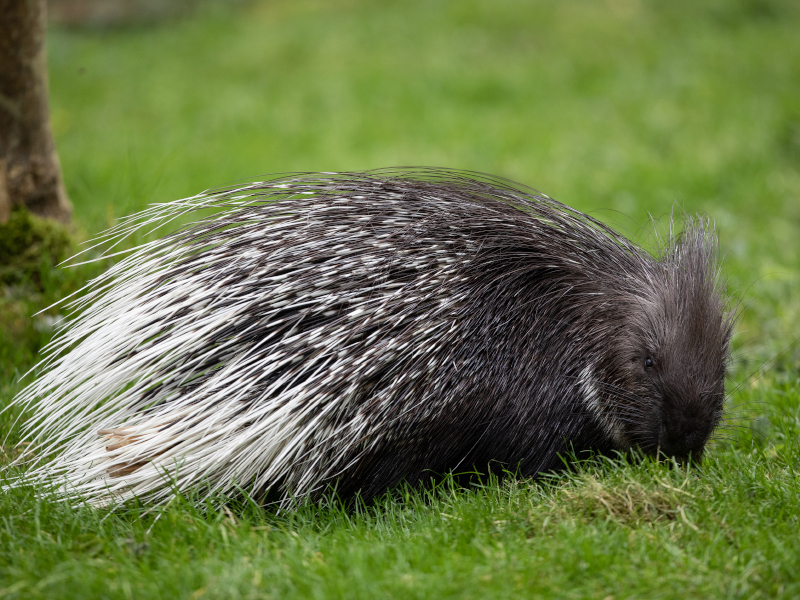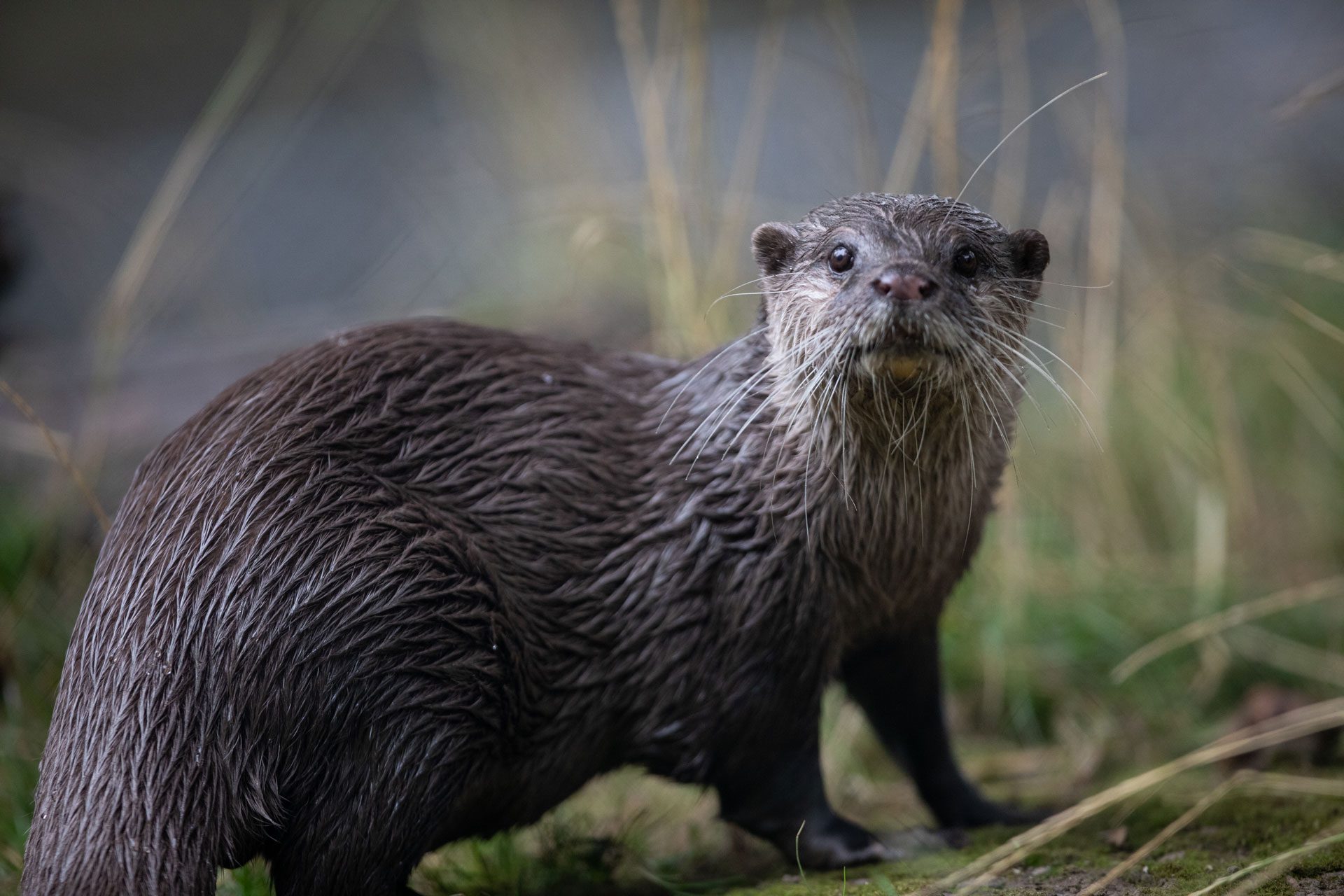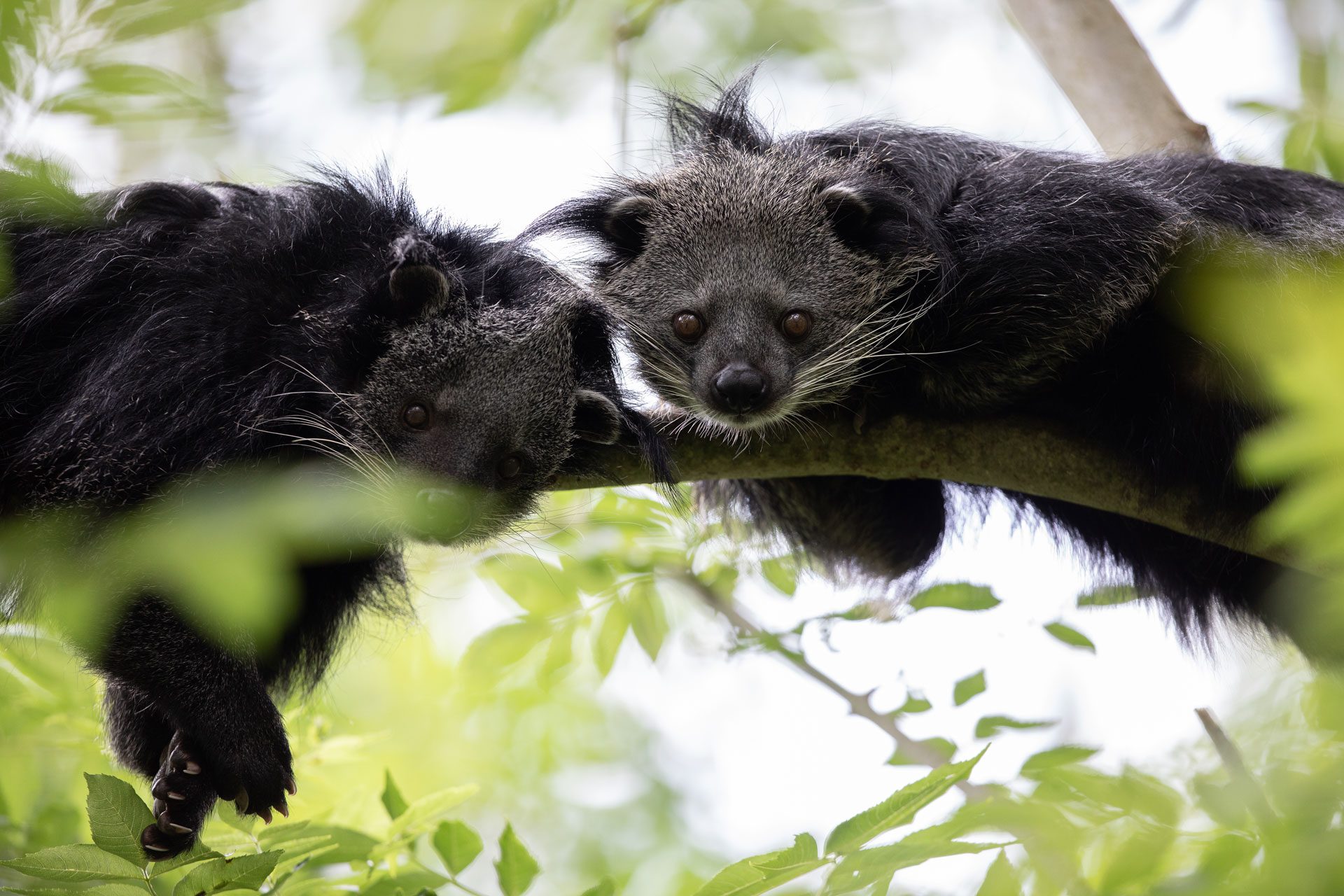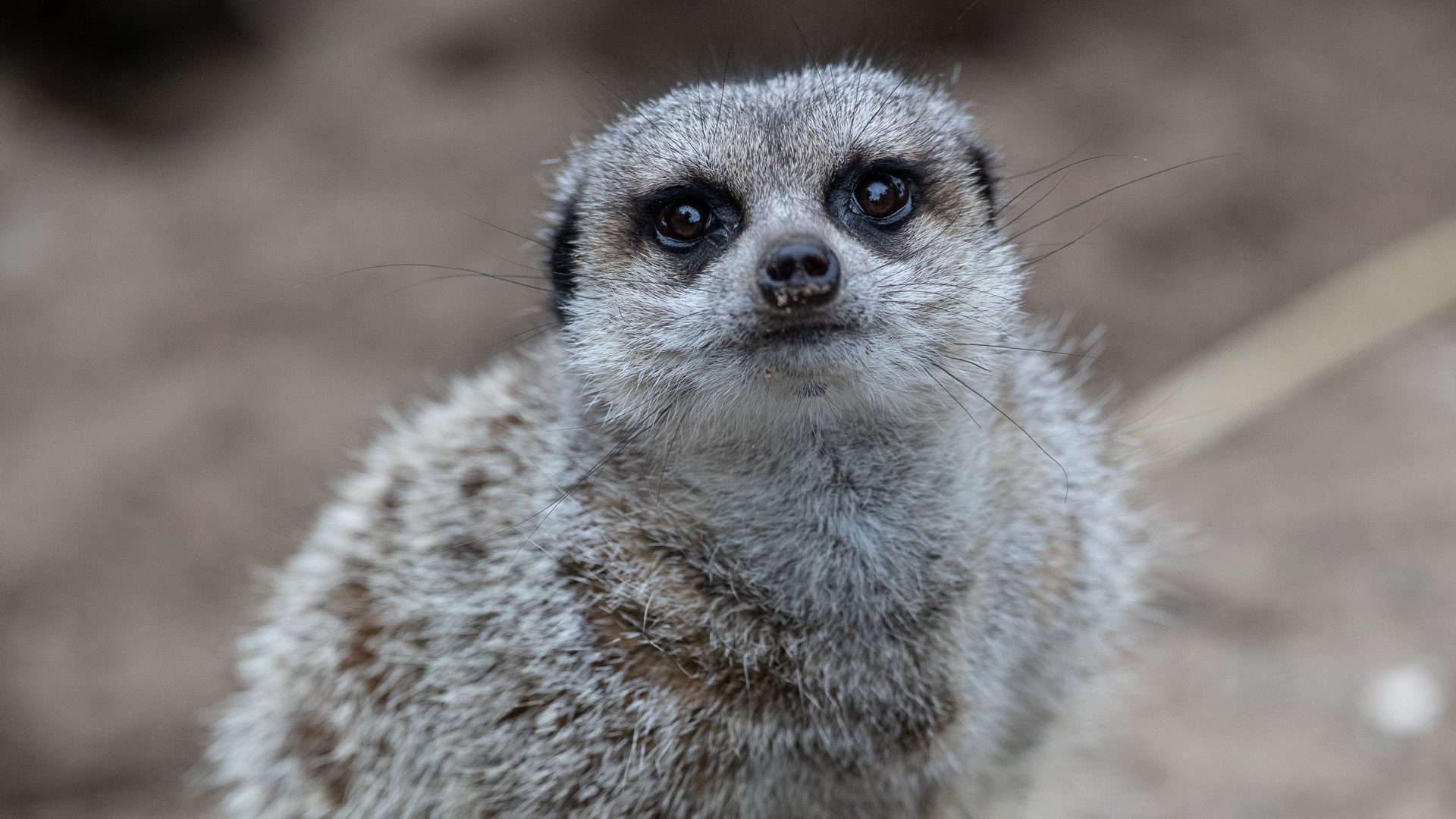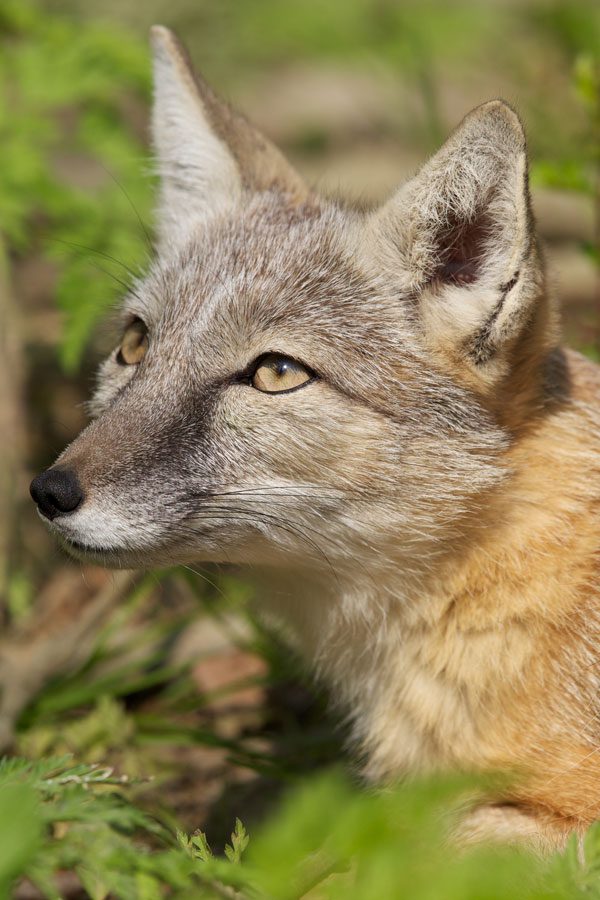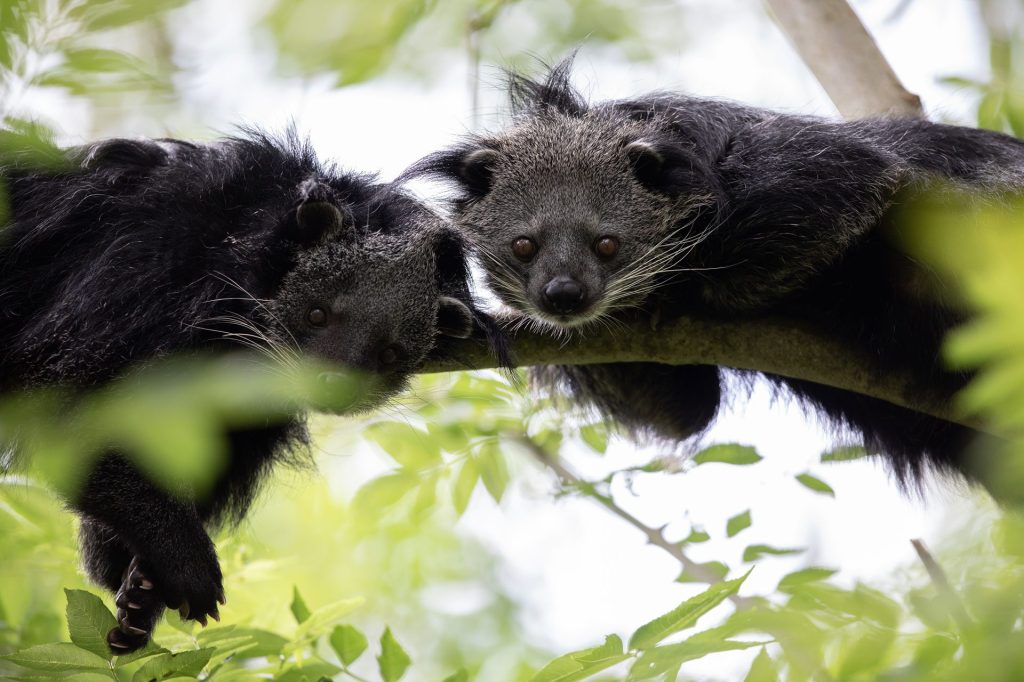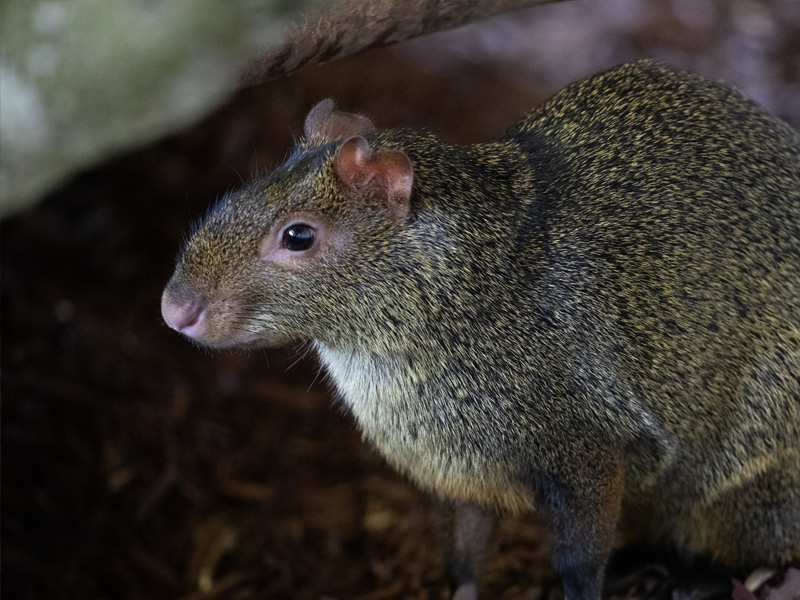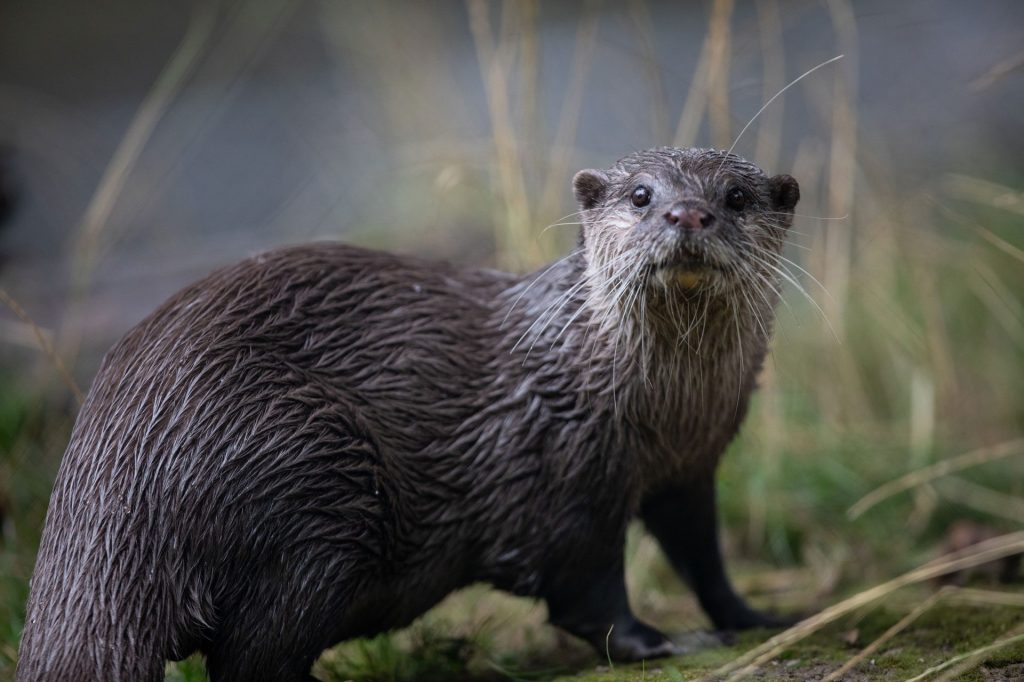Tayras are members of the weasel family, known as Mustelidae. Mustelids are a very diverse group that make up the largest family in the order carnivora.
They are solitary animals that likes to use both tree and ground habitats. They live in hollow trees, burrows or terrestrial nests made of grasses.
They are both ground dwelling and tree dwelling and their long tail helps them to balance when moving from tree to tree. They have strong arched claws which are adapted for climbing trees.
Tayras are mainly diurnal, being active during the day, but they will also have bursts of activity at dusk and dawn.
They are a powerful and energetic predator with a strong sense of smell that allows them to seek out prey.

Popular Searches
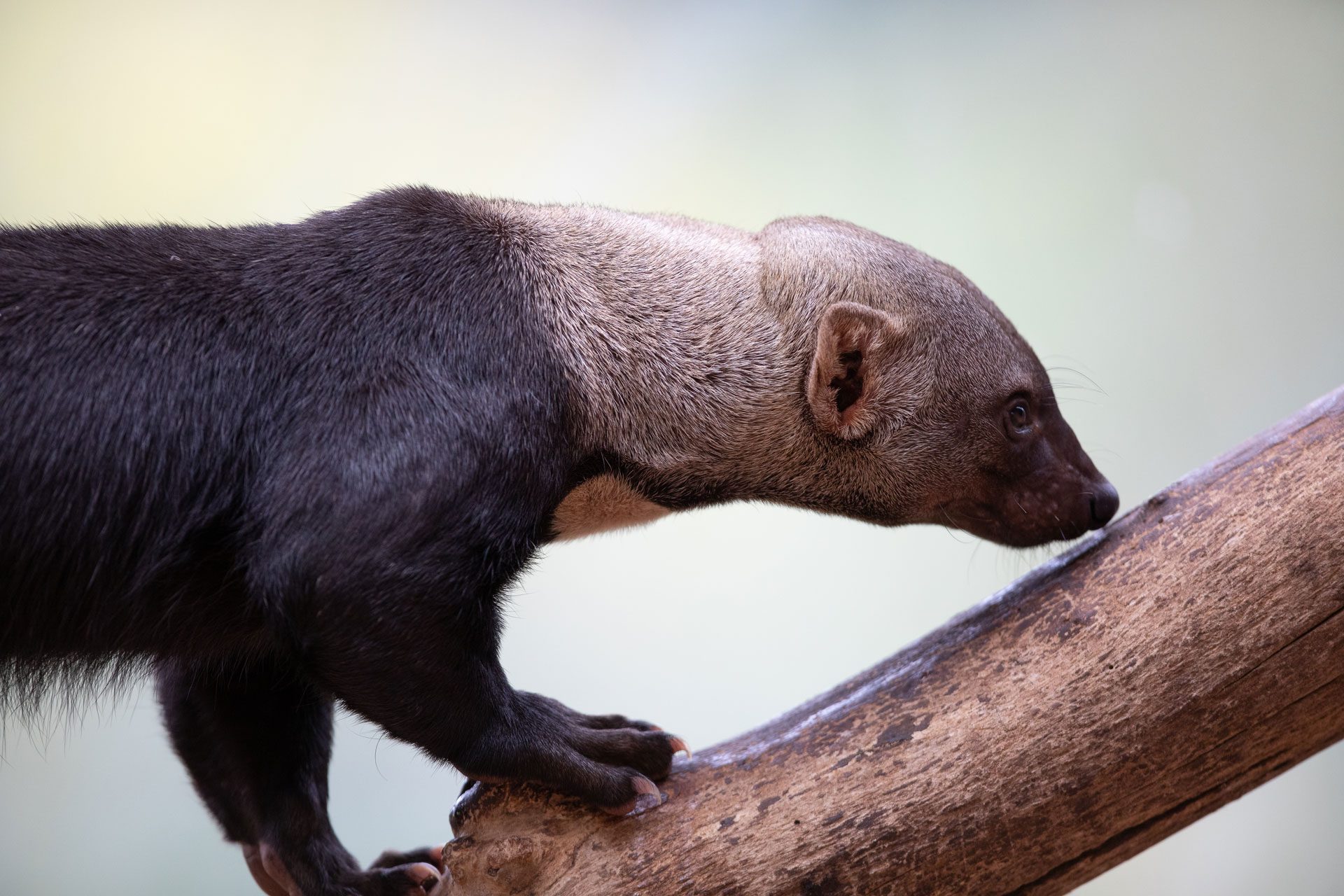
Tayra
-
Introduction
-
Conservation
Tayras are classified of least concern.
Tayra are one of the most common medium-sized predators in its range. However much of their habitat is being destroyed, due to the destruction of tropical forest and the increase in agriculture. Hunting and vehicle collisions also contribute to threats, in Central and South American countries.
Emerald Park conservation contribution:
Buy an acre challenge
In 2014, Emerald Park committed to the protection of habitat in the Sierra Gorda Biosphere Reserve in Central Mexico.
The fund-raising initiative “BUY AN ACRE CHALLENGE” was launched with the World Land Trust and the British and Irish Association of Zoos and Aquariums.
Funds from Emerald Park went towards purchasing ~100 acres of protected habitat. -
Habitat
Tayra range throughout Central and South America, from Mexico and northern Argentina, where they live in tropical and sub-tropical forests, savannahs, and plantations. Tayra have been found to live near human developments where their diet has allowed them to adapt to being very successful in these areas.
-
Fun Facts
Tayra carry out many important ecological roles in their habitat. They contribute to seed dispersal, by eating fruit, and pest control by eating rodents and invertebrates. They also prep to prevent the spread of disease by eating carrion.
The Tayras reproduction cycle in the wild is not very well documented. It is believed that gestation lasts for up to 70 days, before 2-3 offspring are born. It is thought that they will breed once a year.
Tayra mate all year round; a mother will raise pups alone and teach them hunting techniques.



